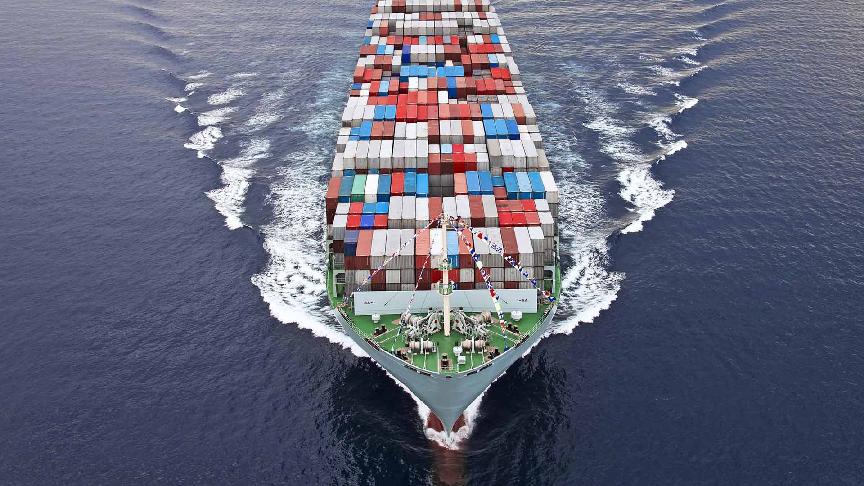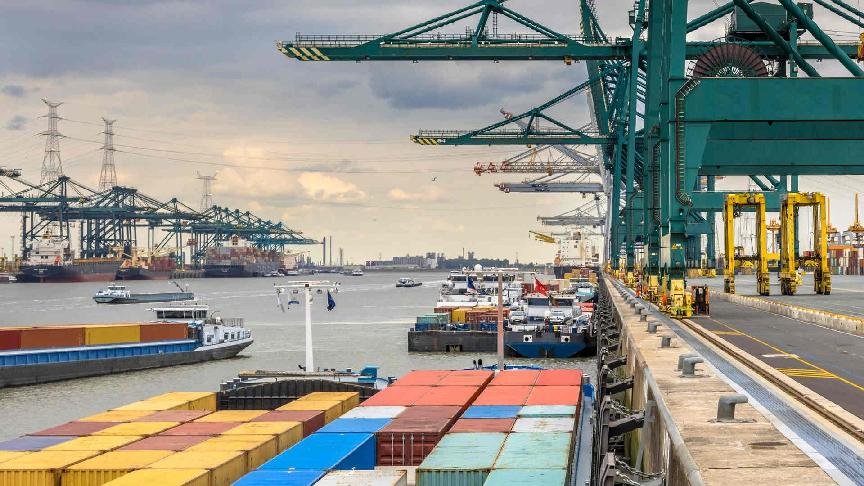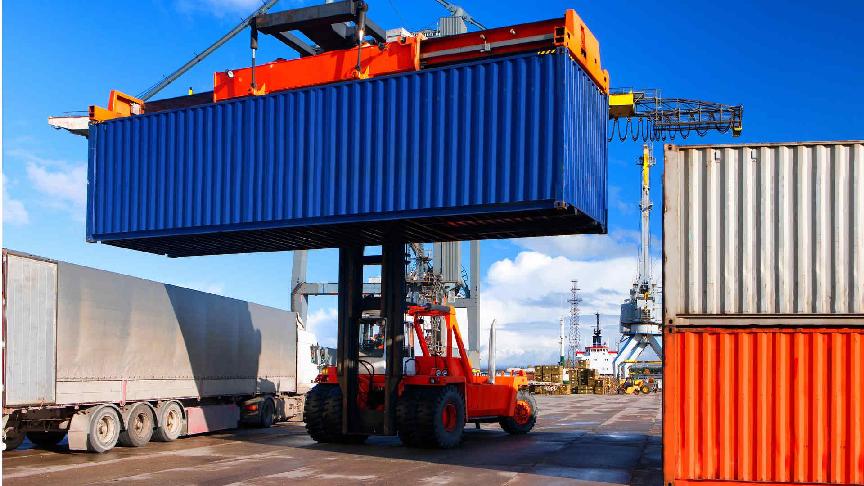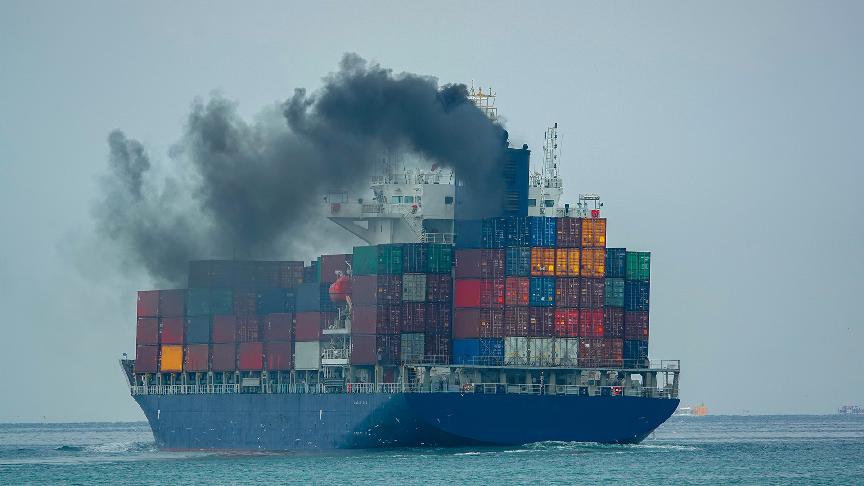25 January 2024 (Lloyd's List) - THE most common LNG engines leak far more planet-warming methane than regulators assume, a study has found.
Methane emissions measured in exhaust plumes from 18 ships with low-pressure, dual-fuel 4-stroke engines averaged 6.4%, whereas EU regulations assume 3.1% methane slip and the International Maritime Organization 3.5%.
The Washington DC-based International Council on Clean Transportation said the two regulators should consider increasing the default methane slip value for the engine to at least 6%.
The ICCT study, part of its two-year FUMES project, used drones and helicopters to measure exhaust plumes from LNG ships operating in Europe and Australia in 2022.
It also found unloading large LNG tankers (162,000-174,000 cu m) with LPDF 4-strokes can result in 24-40kg of methane released into the air per hour.
Lead author Dr Bryan Comer, director of the ICCT's marine programme, said the study showed the importance of collecting and analysing real-world data.
"Regulators need to use the best available data to develop effective climate policies," he said.
"If methane slip assumptions remain too low, shipowners will be able to use LNG in high-methane-slip engines longer, effectively getting an unfair advantage over lower-emitting fuels and engines."
The study found methane emissions were highest at low engine loads and lowest at high engine loads; those engines running at 25% load or lower emitted methane slip of about 4%-7%.
Four-stroke engines LNG engines are used on smaller ships and as auxiliary engines, while the largest main engines tend to be two-stroke.
Use of the LPDF engines, used during berthing, correlated with more methane slip.
The ICCT said IMO policymakers should consider adding a 10% engine load test point, while adjusting how emissions at each point are weighted in engine certification procedures to more accurately reflect real-world operations.
Requiring LNG-fuelled ships to plug into shore power or otherwise would also help eliminate at-berth emissions, the study said.
Methane has more than 80 times the warming power of CO2 over 20 years. Emissions have surged with shipping increasingly turning to LNG as fuel in recent years: from about 350 ships in 2012 to about 960 in A. A further 900 are on order.
Global demand for LNG marine fuels is expected to triple between 2019 and 2030, the study said, since it emits about 25% less tank-to-wake CO2 than conventional fuel and emits no sulphur and low NOx.
Estimates of total methane emissions from LNG-fuelled ships are uncertain as they rely on emission factors developed from existing literature, comprising a few studies focused on limited onboard or laboratory measurements of individual engines.
The study said more data is needed to understand actual methane emissions from LNG ships under real-world conditions.
"Furthermore, because LNG-fuelled ships are capable of using both fossil and renewable fuels, understanding the conditions under which methane emissions are high or low becomes a key component in identifying a net-zero greenhouse gas pathway for shipping," the study said.
The FUMES project was a joint effort by the ICCT, measurement data service provider Explicit ApS and the Netherlands Organisation for Applied Scientific Research (TNO).
It was funded by Oceankind, an ocean conservation philanthropy organisation founded by Lucy Southworth, a research geneticist and the wife of Google co-founder Larry Page.






